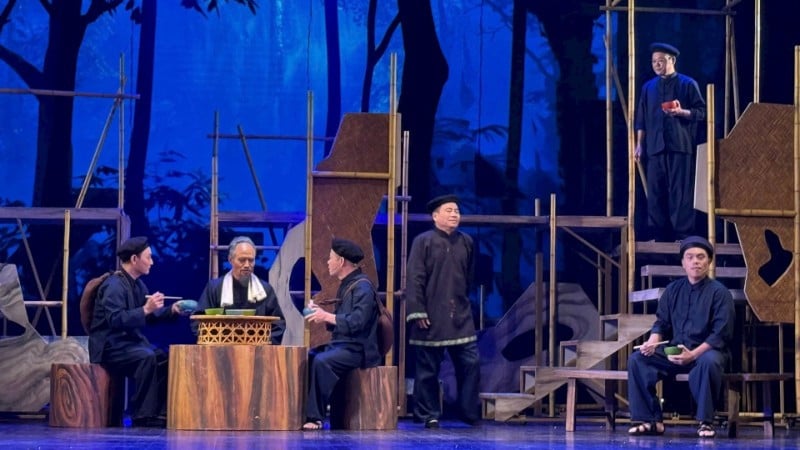
With close, realistic and vivid depictions of President Ho Chi Minh , the play is a meaningful artistic work celebrating the 80th anniversary of the August Revolution and National Day September 2 (1945-2025).
The work is adapted from volume 3 of the historical novel series “Nuoc non van dam” by Associate Professor, Doctor, writer Nguyen The Ky. The novel series consists of 5 volumes, printed and published from 2022-2025.
The play brings together a talented and experienced creative team of Vietnamese theater: Director: Doctor, People's Artist Trieu Trung Kien; Cai Luong adaptation: Hoang Song Viet; music : People's Artist Trong Dai; art design: People's Artist Doan Bang; graphics: Painter Hoang Duy Dong.
Taking place over a duration of about two hours, “From Viet Bac to Hanoi” focuses on portraying the image of Nguyen Ai Quoc - Ho Chi Minh after 30 years of searching for a way to save the country. He returned to the Fatherland on January 28, 1941, directly leading the Vietnamese revolution. The context of the play is compressed from 1941 to 1945 - a period when the Vietnamese revolution appeared calm on the outside but was seething inside, waiting for the opportunity to explode into a big storm.
Consistent with the chronicle narrative style of the novel, director Trieu Trung Kien lets the story flow in a linear chronological order, taking viewers along the journey of President Ho Chi Minh and his comrades to villages and hamlets in many mountainous provinces to propagate the revolution, build patriotic organizations such as guerrilla teams, women's associations, mass organizations, establish the Viet Minh Front, combine political struggle with armed struggle, communicate and coordinate with many other forces...
After being arrested and imprisoned in many prisons in China, he returned to the country to lead the rising revolutionary movement, creating the historic moment of the August Revolution and the birth of the Democratic Republic of Vietnam.
The historical period that the play recreates is only 5 years, but it spans a vast space both domestically and internationally, with countless events and characters in many complex, intertwined relationships, so to be able to convey it in an attractive way on stage is a challenge. Moreover, how to convincingly portray the image of Uncle Ho with an image that is deeply imprinted in the minds and emotions of the public is also not simple.
People's Artist Trieu Trung Kien organized the play into five acts, dramatizing major events using the strength of conventional and symbolic techniques, including narration and vivid documentary images to "tell" historical stories on the cai luong stage in the most natural way.
The minimalist stage design and the use of graphics combined with large LED screens have maximized the role of connecting the performance. With dozens of transition scenes in the play, the stage never stops. Many artistic languages such as traditional music, poetry, dance, choreography, etc. are included in the play, helping to convey historical data in an engaging way.
The play brings to the audience interesting insights into the rich activities, strategic vision, and sharpness of leader Ho Chi Minh when he was active in Viet Bac; about his trips back and forth across the Vietnam-China border like a shuttle to connect and grasp the situation; about the circumstances of the birth of the poems in "Prison Diary", the affection of the Chinese people for Ho Chi Minh...
In the play, many scenes left a strong artistic impression on the audience. That was the scene where Uncle Ho instructed people to write words upside down on stone to print into newspapers, the scene where he was imprisoned and exiled through many prisons in China but still composed indomitable verses.
The most impressive scene is the grand finale of the play, when documentary footage recording the voice and images of President Ho Chi Minh reading the Declaration of Independence at the historic Ba Dinh Square appears on the screen, smoothly continuing with the reading of the Declaration of Independence by the character portraying Uncle Ho on stage, creating a "meeting" between original documents and artistic images, a connection between the past and the present.
The play brings to the audience interesting insights into the rich activities, strategic vision, and sharpness of leader Ho Chi Minh when he was active in Viet Bac; about his trips back and forth across the Vietnam-China border like a shuttle to connect and grasp the situation; about the circumstances of the birth of the poems in "Prison Diary", the affection of the Chinese people for Ho Chi Minh...
Through the work, viewers not only see Uncle Ho's genius leadership ability, but also feel the simple, everyday beauty of the beloved leader. Through recreating Uncle Ho's conversations with comrades such as Truong Chinh, Hoang Van Thu, Pham Van Dong, Vo Nguyen Giap..., or with simple but passionately patriotic people, especially in the moments when Uncle Ho missed his family and homeland, the play helps the audience better understand the portrait of a great man from the very ordinary things.
A bold highlight of the play is that the creative team let the character playing Nguyen Ai Quoc - Ho Chi Minh sing Cai Luong like other characters - something very rare in theater when portraying leaders. This boldness helps the main character not be isolated but become closer to the historical context and the audience.
The success of the play is due to the subtle and skillful acting of the cai luong actors, especially artist Van Thuan in the role of President Ho Chi Minh. He said he “lost his appetite and sleep” for many days, spending a lot of time researching documents about Uncle Ho, practicing everything from his voice to his demeanor and his way of walking to best play the role.
Associate Professor, Dr. Nguyen The Ky shared that he was very satisfied with the play because it conveyed the author's message from the literary work. He said that in the near future, the play will be brought to Ho Chi Minh City and the southern provinces to serve the public.
Before “Tu Viet Bac ve Ha Noi”, volume 1 of the novel series “Nuon non van dam” titled “Nô nước non” was adapted into a reformed opera and performed from 2022. All five volumes of the novel series will be staged into five reformed operas to give the public a complete view of Uncle Ho’s life and revolutionary career, as well as a glorious period of the nation’s history.
Source: https://nhandan.vn/theo-dau-chan-nguoi-tren-hanh-trinh-tu-viet-bac-ve-ha-noi-post902639.html



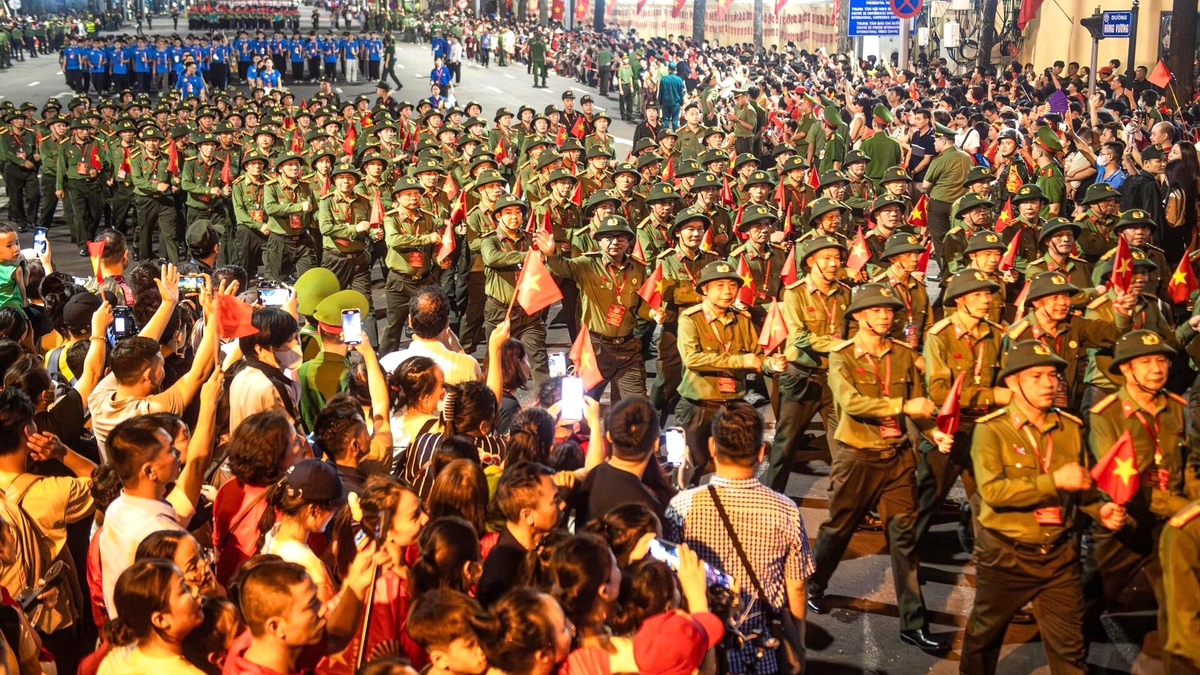

![[Photo] President Luong Cuong receives delegation of the Youth Committee of the Liberal Democratic Party of Japan](https://vphoto.vietnam.vn/thumb/1200x675/vietnam/resource/IMAGE/2025/8/22/2632d7f5cf4f4a8e90ce5f5e1989194a)
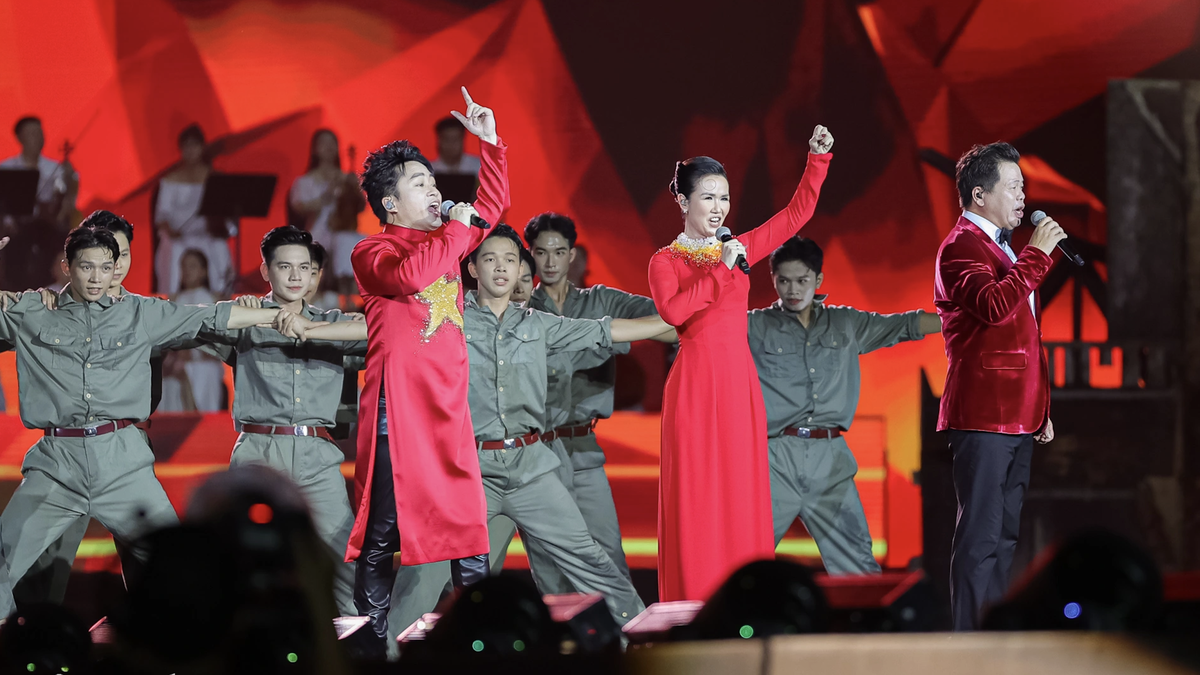

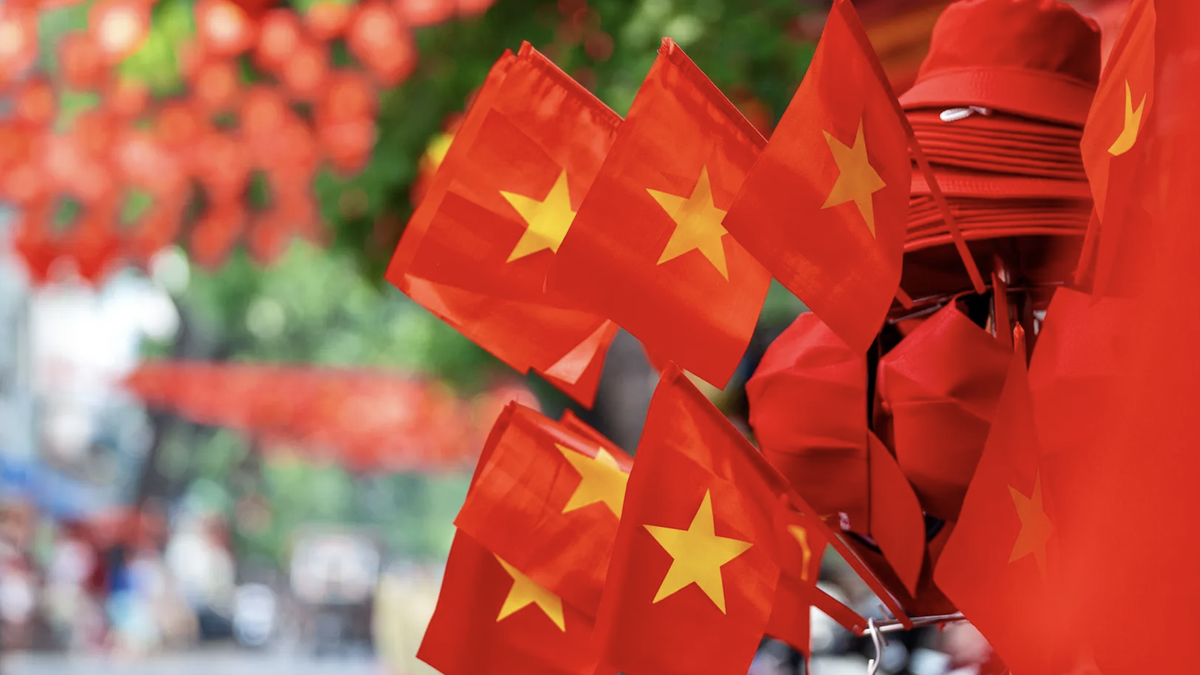
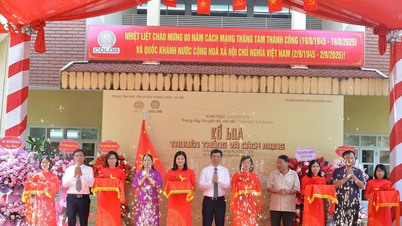


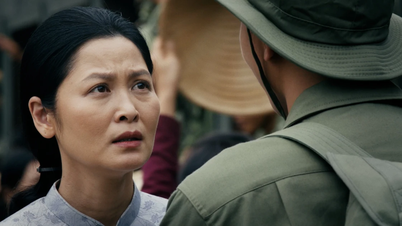
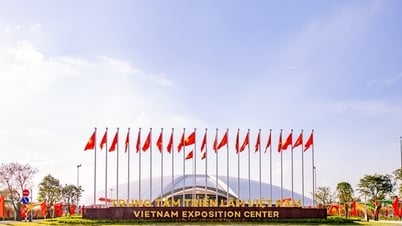

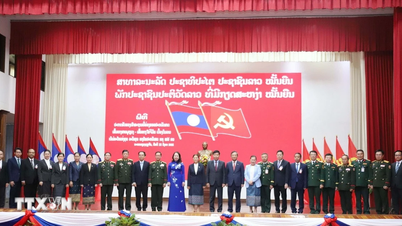

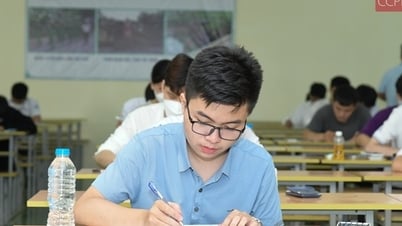

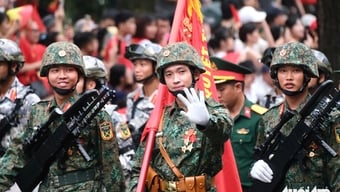


![[Photo] Prime Minister Pham Minh Chinh chairs the conference to review the 2024-2025 school year and deploy tasks for the 2025-2026 school year.](https://vphoto.vietnam.vn/thumb/402x226/vietnam/resource/IMAGE/2025/8/22/2ca5ed79ce6a46a1ac7706a42cefafae)
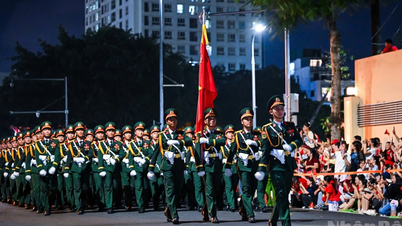
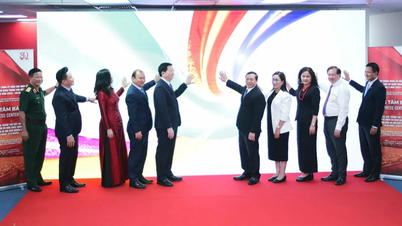
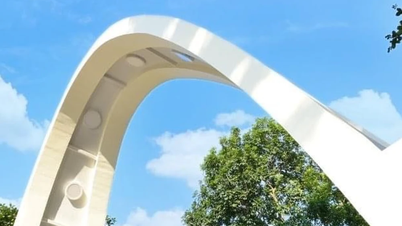

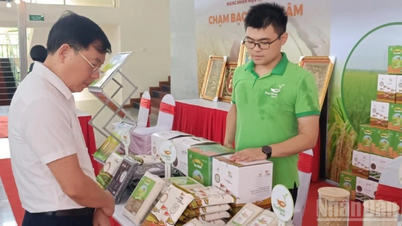
![[Photo] Prime Minister Pham Minh Chinh chairs the conference to review the 2024-2025 school year and deploy tasks for the 2025-2026 school year.](https://vphoto.vietnam.vn/thumb/1200x675/vietnam/resource/IMAGE/2025/8/22/2ca5ed79ce6a46a1ac7706a42cefafae)





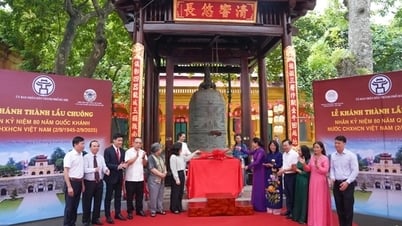
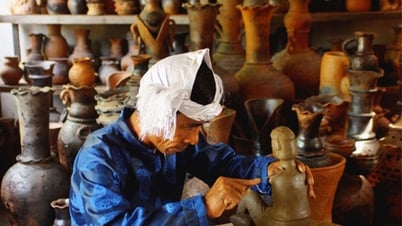









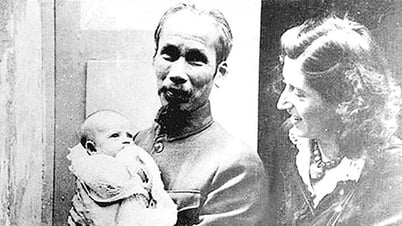










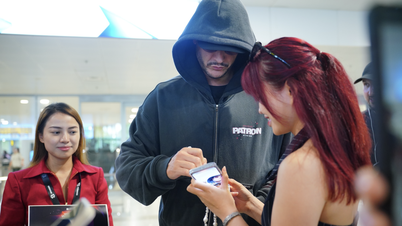

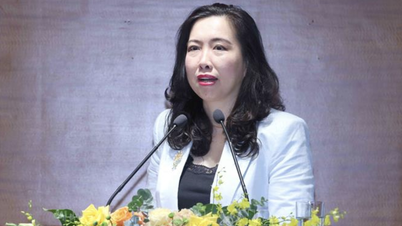




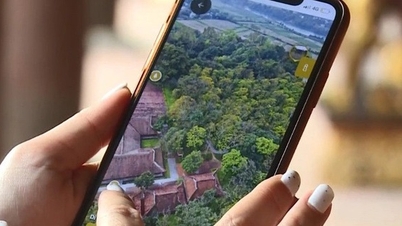




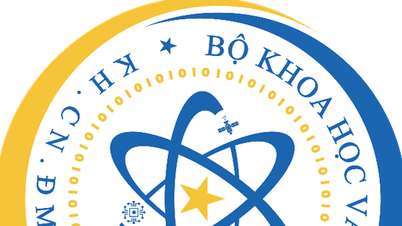


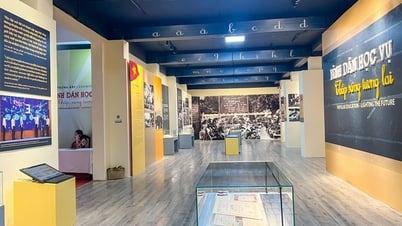
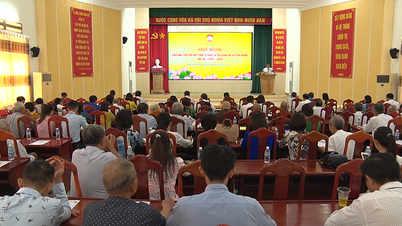





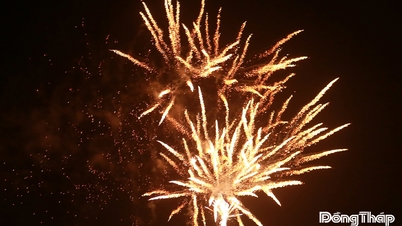

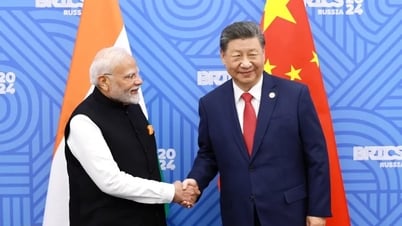

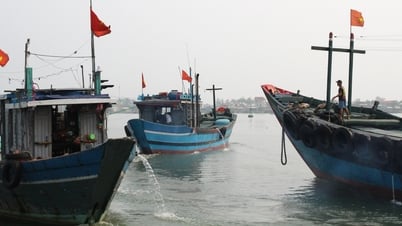





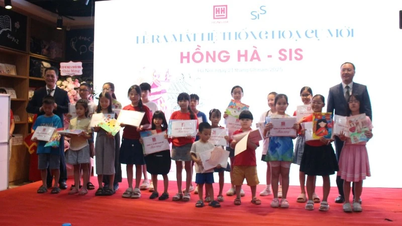






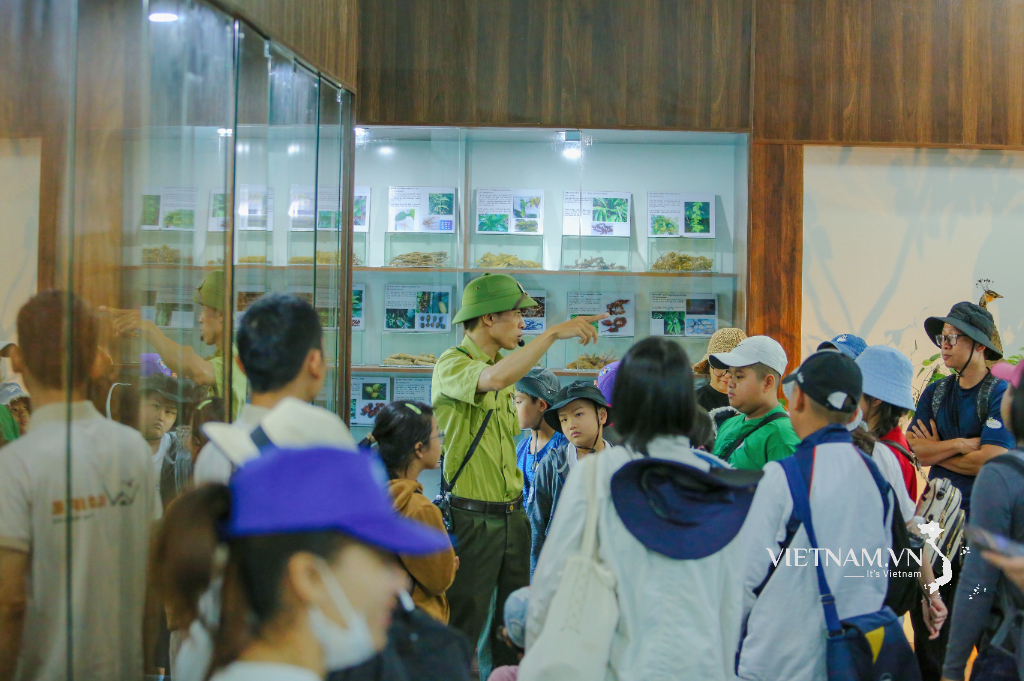

Comment (0)